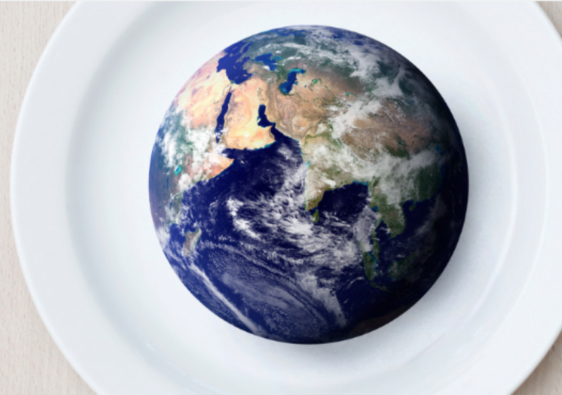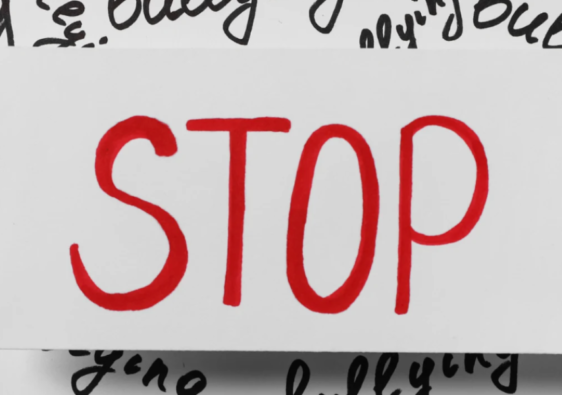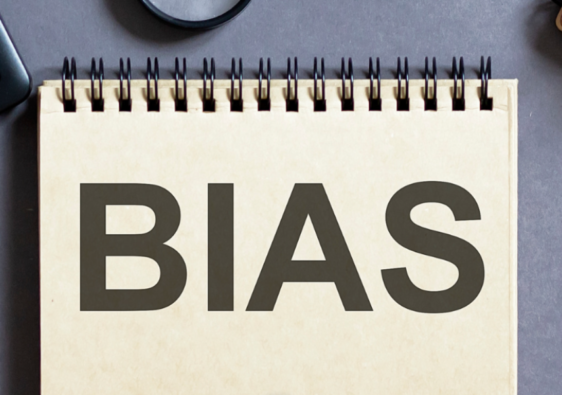Being a stone catcher makes people angry. It makes you a target yourself. It’s exhausting. It’s painful. It can leave you feeling bloodied and beat up. And it’s work we must do
When I was in high school, my English teacher made our class read the short story “The Lottery” by Shirley Jackson. I’m still traumatized by it.
The meaning of the story, for those of you who did not have it assigned to you, does not become clear until the very end. The setting is a town in the Midwest, the description idyllic. “The morning of June 27th was clear and sunny, with the fresh warmth of a full-summer day; the flowers were blossoming profusely and the grass was richly green.” The lottery is apparently just a normal part of village life, an event that takes place every year, beginning at 10 o’clock in the morning and done by noon, so the villagers could get home in time for lunch.
The twist is that the lottery is a yearly murder-by-stoning of one of the villagers, a sacrifice made for a plentiful harvest. Ugh. Why didn’t any one of those villagers stand up to the killing? Why did they not insert themselves between the stone throwers and the woman begging for her life? Why did they allow this to go on, year after year, without speaking up? Why?
Stoning is a particularly cruel and gruesome way to kill someone. Imagine, then, what it must have been like for the woman thrown at the feet of Christ who knew that her life was about to end in a heinous, awful way. But then it didn’t.
On that day, Christ inserted himself between the stone throwers and the woman taken in adultery. Christ turned away the stones, and I believe invited us to do the same. Perhaps now, 2,000 years later, the shocking nature of someone stopping a stoning has lost some of its impact. After all, “we” don’t actually stone people, right? At least not in the U.S.
I would argue, however, that figurative stonings take place all the time. Maybe it’s the smaller rocks of bullying and discrimination (relatively common). Maybe it’s the boulders of mass shootings (much less common). Every time we ignore, excuse or explain away those “stonings,” we ourselves add a stone to the mix.
Instead of being stone throwers, what if we became stone catchers and not just silent bystanders?
Bryan Stevenson tells us what that looks like in today’s world at the end of his book “Just Mercy.” He describes meeting an older woman in the courtroom whose grandson had been murdered some years before. She kept coming to the courtroom to provide solace for grieving families — sometimes the families of the victims and sometimes the families of the perpetrators. “It’s a lot of pain,” she said. “I decided that I was supposed to be here to catch some of the stones people cast at each other.”
Can we insert ourselves on behalf of those with feeble knees and hands that hang down? Can we speak up even for those “caught in the very act?” I’ll ask again: Can we be stone catchers?
It is hard. Being a stone catcher makes people angry. It makes you a target yourself. It’s exhausting. It’s painful. It can leave you feeling bloodied and beat up. It’s emotional work. Stevenson said, “If it doesn’t make you sad to have to do that, then you don’t understand what it means to be engaged in an act of faith.” And still, it’s vital, important work.
Being a stone catcher does not mean buying into some form of “Savior-ism.” It doesn’t come from a place of pity, or from a place of wanting accolades for all the good we are accomplishing with pseudo-activism. It’s not parachuting in with TV cameras to “save the day” while looking good on TV. It’s gritty heartwork that might leave us with dirt under our fingernails and tear-streaked cheeks as we see stones we can’t catch quickly enough hit their mark. It’s mourning with those who mourn and sitting with those in deepest despair.
Being a stone catcher might mean bearing another’s burden when it’s the sharp and heavy stones of grief and loss that threaten to overwhelm them. Or when those stones look like loneliness, depression, anxiety and fear. Being a stone catcher might mean using our voices to amplify those voices not being heard, using our breath to speak for those who cannot breathe. It could mean speaking up while others remain silent — or who are loudly shouting that the person on the ground deserved to be stoned, raped, arrested or shot (fill in the blank).
It might mean speaking out against Black hate or LGBTQ hate or Jewish hate or different-political-party hate. It could mean speaking up when harassment is occurring in the workplace. It could look like advocating for children with special needs or “getting proximate,” as Stevenson likes to say, with those experiencing homelessness or addiction or mental illness (or all of the above).
Elder Dale G. Renlund also spoke of being a stonecatcher in the April 2021 General Conference for The Church of Jesus Christ of Latter-day Saints. He said:
“Mr. (Bryan) Stevenson observed that self-righteousness, fear, and anger have caused even Christians to hurl stones at people who stumble. He then said, ‘We can’t simply watch that happen,’ and he encouraged the congregants to become ‘stonecatchers.’ Brothers and sisters, not throwing stones is the first step in treating others with compassion. The second step is to try to catch stones thrown by others.
“How we deal with advantages and disadvantages is part of life’s test. We will be judged not so much by what we say but by how we treat the vulnerable and disadvantaged. As Latter-day Saints, we seek to follow the Savior’s example, to go about doing good. We demonstrate our love for our neighbor by working to ensure the dignity of all Heavenly Father’s children.
“… Let your afflictions be ‘swallowed up in the joy of Christ.’ Join Him in His mission ‘to heal the brokenhearted,’ strive to mitigate unfairness, and become a stonecatcher.”
Being a stone catcher, by its very definition, requires action.
The grandmother in the courtroom found her way to be a stone catcher. Stevenson found his way. What is our way?



